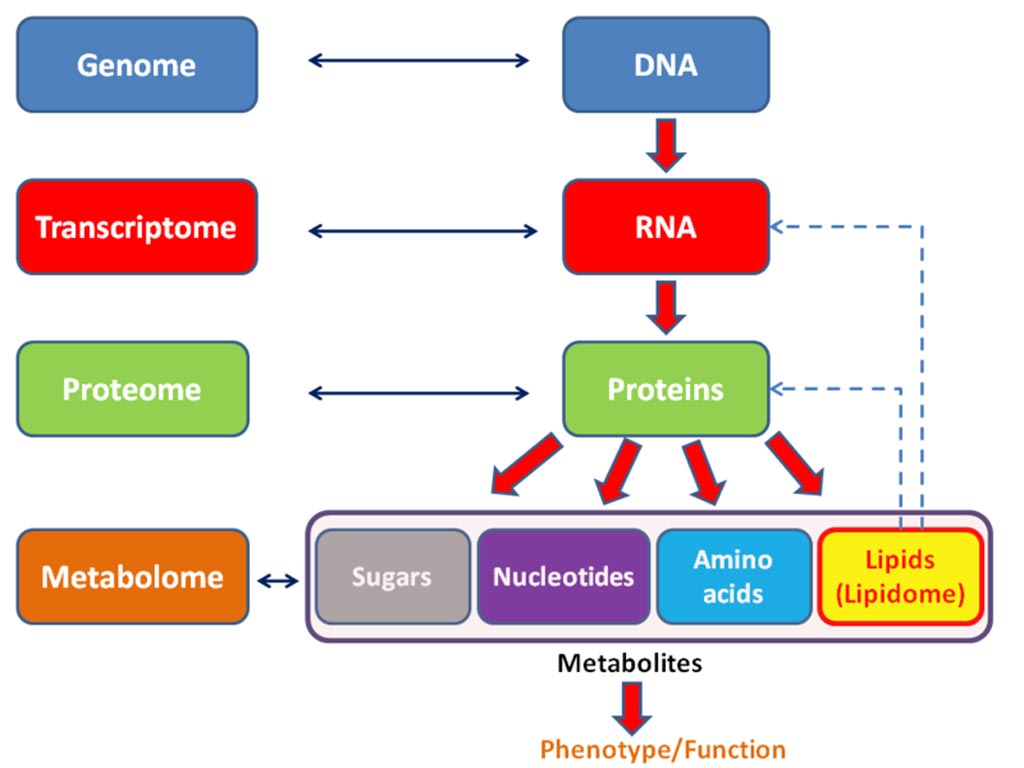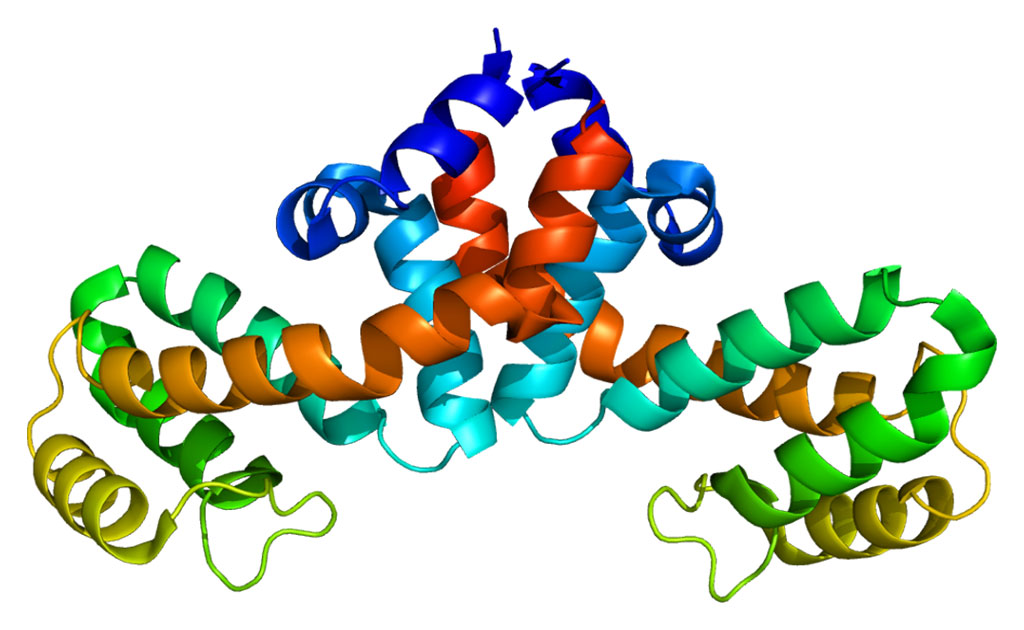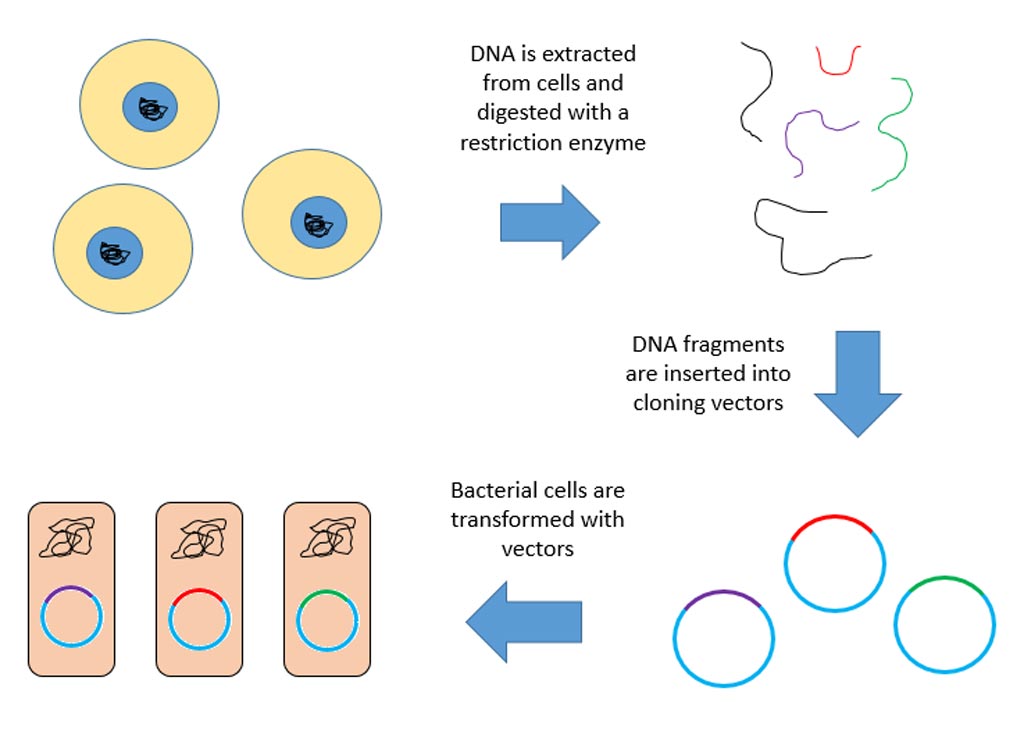Genetic Loci Link Plasma Lipid Levels to CVD Risk
By LabMedica International staff writers
Posted on 07 Oct 2019
A team of Finnish and international researchers utilized both genomics and lipidomics approaches to identify novel genetic variants associated with plasma levels of lipid species and linked these levels to cardiovascular disease (CVD) risk.Posted on 07 Oct 2019
The lipidome refers to the totality of lipids in cells. The human plasma lipidome consists of almost 600 distinct molecular species. Research results have suggested that the lipidome of an individual may be able to indicate cancer risks associated with dietary fats, particularly breast cancer.

Image: The lipodome in connection with the total interactome of a cell (Photo courtesy of Wikimedia Commons).
While some plasma lipids such as cholesterol and triglycerides are well-established heritable risk factors for CVD, hundreds of other lipid species are known risk factors for cardiovascular disease but have not been well characterized. In this regard, investigators at the University of Helsinki (Finland) and their collaborators sought to establish links between lipid levels and cardiovascular disease risk. Specifically, they aimed to (1) determine heritability of lipid species and their genetic correlations; (2) identify genetic variants influencing the plasma levels of lipid species; (3) test the relationship between identified lipid–species-associated variants and CVD manifestations and (4) gain mechanistic insights into established lipid variants.
For this study, they performed genome-wide association analyses of 141 lipid species (in 2,181 individuals), followed by phenome-wide scans with 25 CVD related phenotypes of 511,700 individuals.
Results showed that the scans had identified 35 lipid-species-associated loci, 10 of which associated with CVD risk including five new loci. Furthermore, they found that lipoprotein lipase (LPL) more efficiently hydrolyzed medium length triacylglycerides (TAGs) than others. Polyunsaturated lipids had the highest heritability and genetic correlations, suggesting considerable genetic regulation at fatty acids levels.
"Our study demonstrates that lipidomics enables much deeper insights into the genetic regulation of lipid metabolism. We hope that the openly available browser will in part help future biomarker and drug target discovery and build our understanding of the pathways connecting genetic variation to cardiovascular and other lipid-related diseases", said senior author Dr. Samuli Ripatti, professor of biometry at the University of Helsinki.
The study was published in the September 24, 2019, online edition of the journal Nature Communications and the data are freely available on the Internet at https://mqtl.fimm.fi.
Related Links:
University of Helsinki













